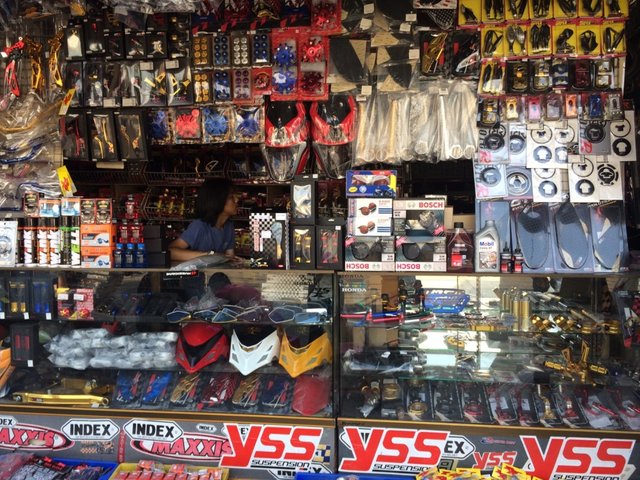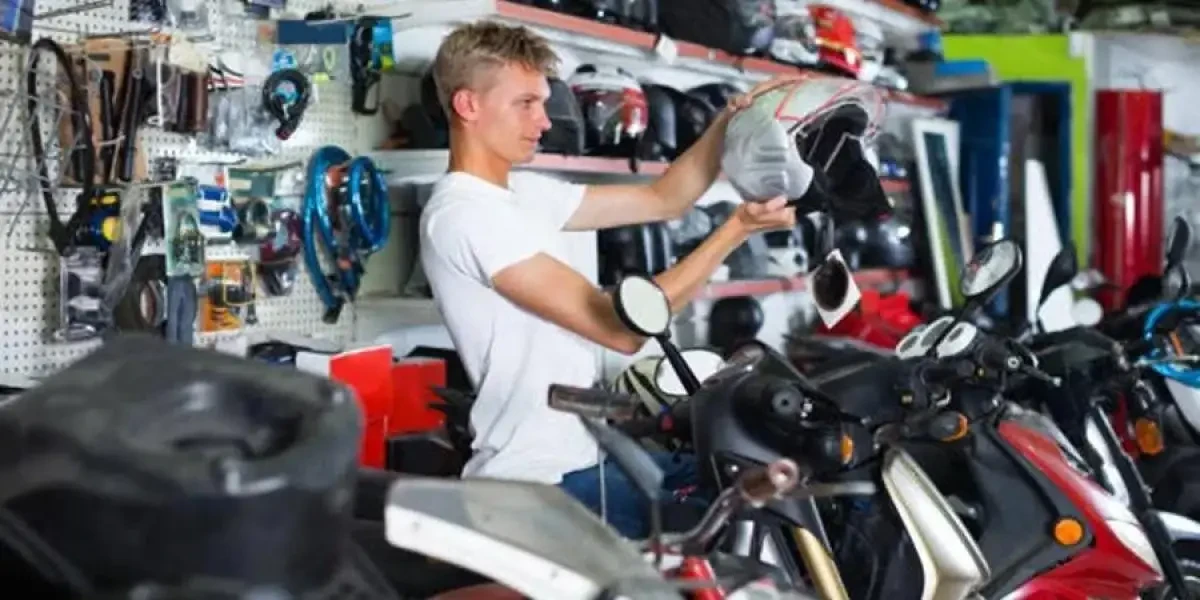Store the most effective MX Parts NZ for Your High-Performance Bike
Store the most effective MX Parts NZ for Your High-Performance Bike
Blog Article
Grasping Motorcycle Gears: How to Optimize Your Riding Experience
In the realm of motorcycling, grasping the art of equipment adjustment is essential for improving your riding efficiency. Properly making use of and understanding motorbike equipments can significantly affect control, gas, and velocity effectiveness, transforming an average trip into a smooth, thrilling trip.
Recognizing Equipment Mechanics
At the core of motorbike characteristics, equipment mechanics play a pivotal function in converting engine power into motion, inevitably dictating speed and control. The gear proportions, carefully designed, figure out the connection in between engine changes and wheel turns, impacting acceleration and gas effectiveness.
Recognizing gear auto mechanics starts with identifying the significance of the transmission, which houses numerous equipments of varying dimensions. These equipments interact through a process understood as meshing, where teeth of various equipments involve to send power.
Moreover, the concept of gear moving is important to making best use of efficiency. Prompt and smooth changes ensure that the engine operates within its optimal power band, stopping unneeded stress and improving durability (mx gear nz). By comprehending these mechanical ins and outs, motorcyclists can attain an unified mix of control, power, and effectiveness, elevating their riding experience
Timing Your Shifts
Shift timing mastery is important for optimizing motorcycle efficiency and boosting the riding experience. Appropriately timed changes make certain that the engine runs within its optimum power band, which is vital for keeping control, achieving smooth velocity, and making sure the durability of the motorcycle. Riders have to establish an intuitive feeling of when to change gears, which involves understanding the relationship in between engine changes per minute (RPM) and rate.
To grasp shift timing, pay attention to the engine's audio and feel, as these supply crucial ideas about when to alter equipments. When the engine approaches the top variety of its power band without getting to the redline, the excellent shift factor usually takes place - motorbike shop. Changing prematurely can bring about a lack of power, while changing as well late might cause unneeded engine strain
Additionally, roadway conditions and riding design influence shift timing. In city setups, smoother and a lot more frequent shifts might be needed to browse traffic effectively. In contrast, during highway riding, fewer changes at greater speeds can be better suited. Practicing in varied environments will enhance your ability to time shifts specifically, ultimately elevating your riding experience to an expert level.
Enhancing Fuel Effectiveness
While understanding bike equipments is vital for efficiency, boosting gas performance is equally important for both financial and ecological factors. Optimum gas usage not just minimizes functional expenses however additionally lessens the eco-friendly impact of riding. To attain this, one have to recognize the intricate relationship between gear selection and engine performance.
First of all, choosing the right gear at proper rates can considerably impact fuel usage. Riding in a greater gear at lower speeds can bring about engine hauling, which is see here now destructive to both fuel economic situation and engine wellness. On the other hand, riding in reduced equipments at high rates results in unnecessary fuel consumption. Hence, maintaining an optimum balance by shifting equipments in placement with roadway problems and prepared for maneuvers is vital.
In addition, routine upkeep plays a crucial duty in gas efficiency. Making sure that the motorbike is well-tuned, with tidy air filters like it and properly blew up tires, can enhance aerodynamics and lower fuel waste. Adopting a riding design that embraces steady velocity and smooth deceleration can add to much better gas economic situation.

Techniques for Smooth Transitions
Attaining smooth equipment changes is essential to boosting the riding experience and making sure the long life of a motorbike's transmission system. Correct gear changing not just adds to a smooth experience but also minimizes deterioration on the mechanical components. To understand the art of smooth changes, motorcyclists must concentrate on a few vital methods.

Second of all, clutch control plays a pivotal role. Involving and disengaging the clutch efficiently calls for technique. The clutch bar need to be launched progressively, permitting a seamless transfer of power from the engine to the wheels without causing a shock or sudden motion.

Adapting to Roadway Problems
Navigating varied road conditions is an essential ability for any motorcyclist aiming to keep control and security. Whether you're riding on wet surface areas, gravel roadways, or navigating doglegs, your capability to adjust your equipment usage and riding method is critical. Recognizing exactly how to adjust your equipments appropriately can dramatically affect grip and stability, making certain a much safer trip.
On wet roadways, it is a good idea to keep higher equipments to minimize torque and minimize wheel spin. This technique helps keep grip on unsafe surfaces, permitting smoother velocity and deceleration. In comparison, when riding on gravel or irregular terrain, reduced equipments are more effective. Reduced gears supply better control and enable you to react even more swiftly to unforeseen adjustments in the road surface.
Sharp contours demand exact equipment management to balance speed and control. Downshifting before going into a curve can assist preserve momentum while ensuring the bike continues to be stable throughout the turn. Constant technique in diverse problems improves your ability to predict and respond to adjustments in roadway appearance and incline.
Conclusion
Mastering motorcycle equipments substantially improves the riding experience by improving control, fuel, and velocity effectiveness. Adapting equipment selection to numerous road conditions, such as making use of higher equipments on wet surface areas and lower gears on crushed rock, further boosts handling and security.
Understanding equipment mechanics starts with recognizing the value of the gearbox, which houses multiple equipments of varying sizes. These equipments communicate via a process recognized as meshing, where teeth of different equipments engage to transfer power (motorcycle shop). Mild adjustments to the throttle throughout equipment shifts can protect against jerky movements and preserve a consistent riding speed
Whether you're riding on damp surfaces, gravel roadways, or navigating sharp turns, your capability to adjust your equipment usage and riding method is paramount. Adapting equipment option to various roadway problems, such as utilizing greater gears on wet surface areas and reduced equipments on gravel, additional boosts handling and safety.
Report this page